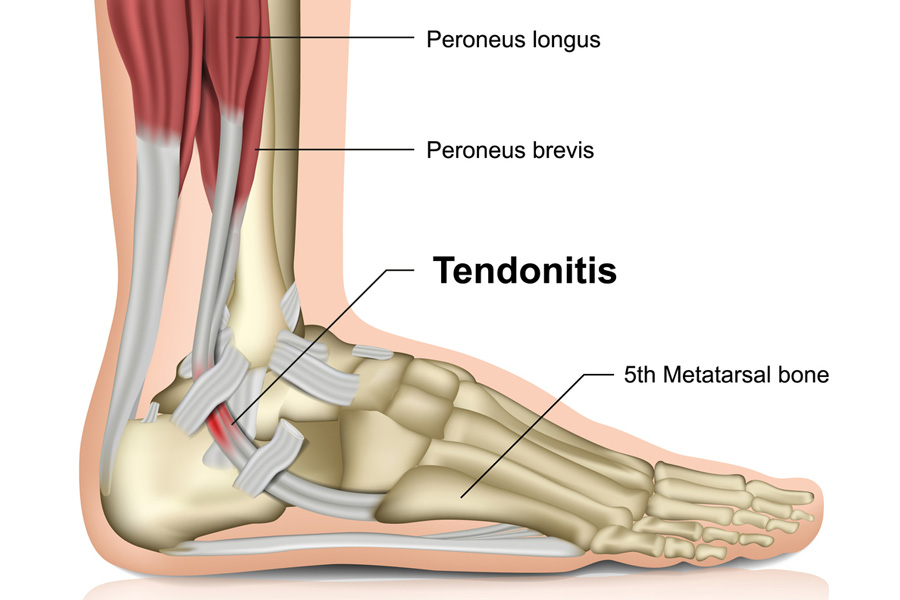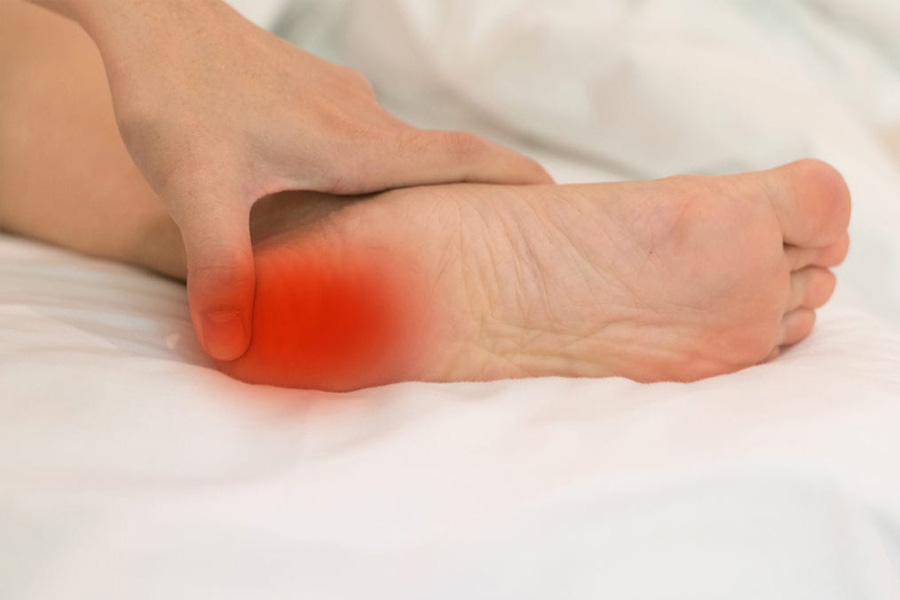Your ankle structure is strengthened and its motion is stabilized by two tendons. One tendon connects the lower leg muscles to the little toe, and the other connects the leg muscles to the arch of the foot.
Both of these tendons are subject to peroneal tendonitis, which is a painful acute or chronic condition affecting athletes and other physically active people. “Peroneal” refers to a bodily structure around or supporting the fibula, which is the smaller bone in the lower leg.
Podiatrists frequently diagnose and treat this musculoskeletal problem, and they can help you regain function and mobility in your foot. Let’s talk about the causes, symptoms, and treatment of peroneal tendonitis, and where you can go in Cincinnati to finally achieve relief of your foot pain.
How Does Peroneal Tendonitis Happen?
Both males and females of all ages are prone to ankle tendon injuries, particularly if they:
- Dance
- Ski
- Run marathons or long distances, especially on upward slopes
- Do high-intensity interval training
- Have high foot arches
- Routinely experience tightening of the calf muscles
Overuse of the legs and feet is the key precipitating factor in peroneal tendonitis, as the tendons around the outer ankle tighten and thicken in response to repeated twisting motions and impact. Both the leg and ankle may become progressively weak and unstable.
What Are the Symptoms of Peroneal Tendonitis?
The main symptoms of this foot and ankle injury are:
- Increasing pain and soreness around the outer ankle
- Swelling, redness, and warmth in the ankle area
- Pain with rotation and twisting motions, thus limiting range of motion and ankle strength
Typically, this kind of ankle injury does not resolve itself. Without professional podiatry intervention, the ankle and the arch of the affected foot can change in appearance – looking very different from the opposite foot – as the injury from peroneal tendonitis can become permanent. This is why it is so important to have an evaluation and possible treatment by a podiatrist for your foot and ankle pain.
Can My Peroneal Tendonitis Be Treated?
Yes. Your foot and ankle doctor will first perform a hands-on exam of your feet, review the symptoms you are experiencing, and possibly perform or order X-rays. The podiatrist will then provide a diagnosis and explain your treatment options.
If you indeed have peroneal tendonitis, your treatment will likely include one or more of the following:
- Rest from athletics
- Custom orthotics, either orthotic shoes or orthotic shoe inserts
- Anti-inflammatory medication (either oral or injections) to relieve swelling and pain
- Supportive bandaging or bracing of the foot
- Physical therapy (stretching, range-of-motion exercises, ice, heat, and/or ultrasound)
Outstanding Foot and Ankle Care in Cincinnati and Milford, Ohio
At Cincinnati Foot & Ankle Care, our podiatrists provide state-of-the-art diagnostics, treatments, and surgery for a vast array of lower-extremity conditions, including peroneal tendonitis. If you’re experiencing persistent foot pain, ankle pain, swelling, mobility limitations, or other foot issues, have one of our experienced podiatrists give your feet an assessment and treatment that works for you.
We have convenient podiatry locations across the Cincinnati area in which to serve you. If you have any questions or would like to schedule an appointment with a podiatrist, call our location near you, or request an appointment via our online form now. We look forward to serving you!





